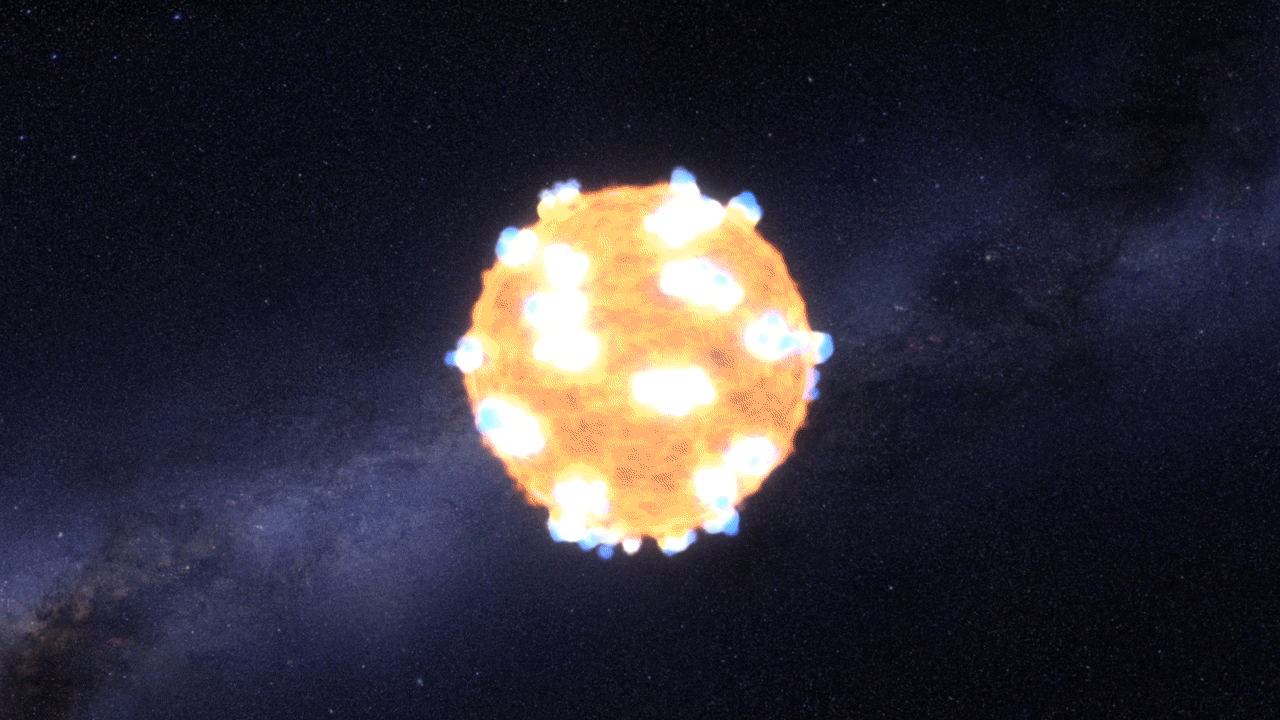Kepler Glimpses Supernova ‘Shock Breakout,’ First Ever Captured In Visible Light

KSN 2011a and KSN 2011d were two massive red supergiant stars that died approximately 700 million and 1.2 billion years ago respectively. While the event was unremarkable on the cosmic scale of things, what made their demise special was the presence of several two-legged witnesses on a pale blue planet located in a corner of the Milky Way galaxy.
In 2011, after traversing a vast expanse of space, light from these cataclysmic supernovae was captured by NASA’s exoplanet-hunting Kepler space telescope. The brilliant flash from one of the exploding stars’ shock wave, called a “shock breakout,” happened to fall in the visible spectrum — the first such instance recorded by humans.
Supernovae like these — known as Type II — begin when the internal furnace of a star runs out of nuclear fuel, causing its core to collapse as gravity takes over. While a supernova explosion can take weeks to reach full brightness, it often begins with a short, sharp blast of light, created as the shock wave generated by the collapsing core reaches the surface of the star.
What makes the observation such a milestone is the fact that the shock breakout itself lasts only about 20 minutes — an unimaginably small period of time that makes capturing the event a virtual impossibility if left to pure chance.
“In order to see something that happens on timescales of minutes, like a shock breakout, you want to have a camera continuously monitoring the sky,” Peter Garnavich, an astrophysics professor at the University of Notre Dame in Indiana, who led a team that analyzed the light captured by Kepler every 30 minutes over a three-year period from 500 distant galaxies, said in a statement. “You don’t know when a supernova is going to go off, and Kepler's vigilance allowed us to be a witness as the explosion began.”
However, while both explosions delivered an "energetic punch," no shock breakout was seen in KSN 2011a — the smaller of the supergiants. Scientists think that is likely due to the smaller star being surrounded by enough gas to mask the shockwave when it reached the star's surface.
“That is the puzzle of these results,” said Garnavich. “You look at two supernovae and see two different things. That’s maximum diversity.”
© Copyright IBTimes 2024. All rights reserved.






















